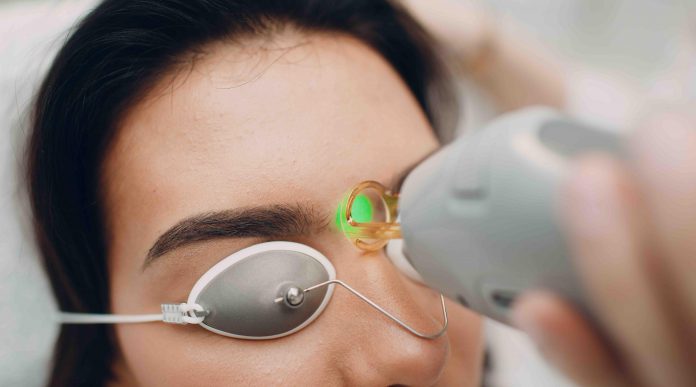A study of brown and black ink eyebrow-tattoo removal using laser in four patients presented several advantages to using picosecond over Q-switched laser for effective removal.
Each patient – with skin types III-IV and one of whom had eyebrow tattooing using the microblading method – underwent a mixed number of treatments with a dual-wavelength picosecond Nd:YAG laser at 1,064nm with a 3mm spot size and fluence of 4–4.6 J/cm2. A perfluorodecalin‐infused patch was also used.
Three of the four patients had one treatment each – one of whom was treated with a 532nm wavelength with a 4mm spot size and fluence of 0.5J/cm2 – while the remaining patient had three treatments spaced six to eight weeks apart.
Immediately following each treatment only mild and transient localised erythema and edema was observed, with some epidermal crusting observed for three to five days post-laser.
The study’s authors reported no adverse effects to the patients’ eyebrow hair growth.
Patient 1 had 75% clearance after three treatments over two-and-a-half months, patient 2 also showed 75% clearance, patient 3 had 90% clearance and 100% clearance was observed in patient 4.
The study’s authors concluded that the method used provides several advantages to Q-switched laser when treating eyebrow tattoos, namely that is requires less treatments and lower fluences. When used with the perfluorodecalin‐infused patch, they said treatment resulted in excellent outcomes with no significant side effects.
The study was published in Lasers in Surgery and Medicine.



